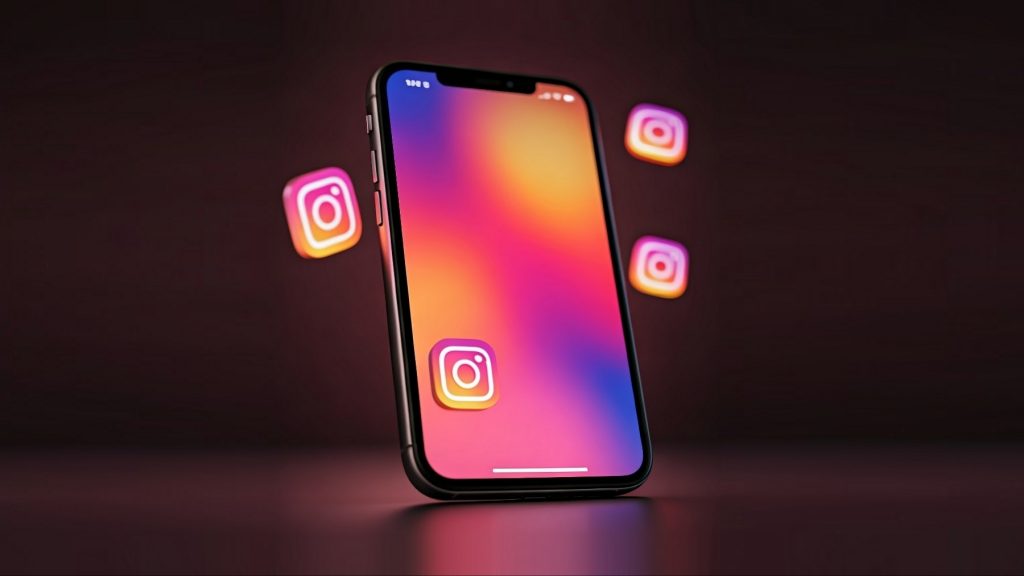
Meta is criticized over its handling of the Instagram video quality, with as users expressing heavy frustration about the platform’s approach to compressing uploaded content.
On the 27th of October, Meta executive Adam Mosseri vocalized the company’s stance on the subject, explaining that videos with higher engagement are displayed in higher quality, while those with lower engagement – fewer views – may see their video quality reduced on the platform.
“We try to show the highest-quality video that we can.” However, he added, videos are encoded at lower quality once the initial surge of views has dropped since “the vast majority of views are in the beginning,” said Mosseri In one video on Threads.
This is not a new practice for Meta’s social channels.
Last year, Meta announced it would use different encoding settings according to how popular the video was. However, Mosseri’s comments have led to fresh criticism, with one Threads user calling the approach “truly insane” and wondering what that does to creators who don’t have a large following.
Instagram Lowers Quality of Video, Not Individual Engagement
Adam Mosseri clarified that Instagram’s video quality management is based on aggregate popularity, not individual engagement – one user’s viewing habits won’t affect the quality of other users’ videos. Instead, Instagram relies on a “sliding scale” approach, where higher quality encoding and larger storage are devoted to videos that receive more views.
“We bias to higher quality [encoding] for creators who drive more views,” Mosseri said, adding that this isn’t a binary on-off decision but a matter of degree. According to Mosseri, prioritizing Instagram video quality for creators with high levels of engagement is that higher encoding requires quite intensive computing resources.
Fairness Concerns over Exposure
The decision that Instagram reduces video quality has generated quite an uproar among small creators who feel that the policy will assist big creators in retaining their larger following and limit the potential upwards growth for up-and-coming creators. Critics argue that this would solidify the positions of popular creators with better exposure, while new voices would hardly get the opportunity to gain momentum.
Mosseri said these concerns are “the right concern,” but the difference in Instagram video quality isn’t as impactful, he believes. “In practice, it doesn’t seem to matter much, as the quality shift isn’t huge and whether or not people interact with videos is way more based on the content of the video than the quality,” he said, adding quality “is much more important to the original creator.
As Instagram reduces quality of video for developing content creators, the social company is facing backlash related to performance efficiency and equal exposure opportunities. That shift has pointed out a bigger issue-how the algorithmic decisions impact user visibility, raising questions of fairness for ones that Instagram decreases video quality and access for smaller creators in a social media space where quality can determine reach.
Inside Telecom provides you with an extensive list of content covering all aspects of the tech industry. Keep an eye on our Tech sections to stay informed and up-to-date with our daily articles.